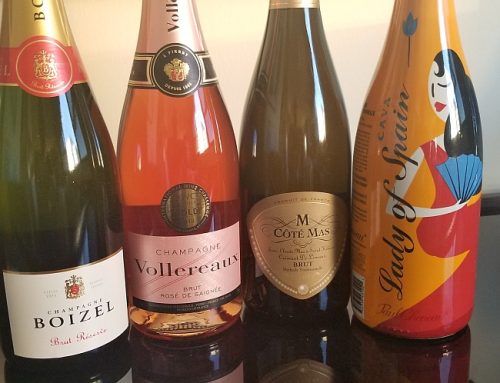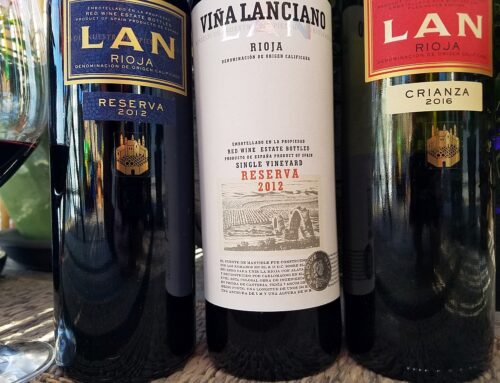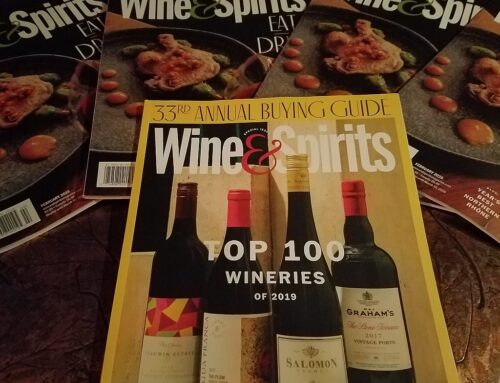Rioja wines offer outstanding value, and the well-made 2002 Bodegas Luis Canas Reserva is a good example of quality-to-price.
Spain’s Rioja region has a long and glorious wine history. From the 15th century, monks and monasteries were instrumental in Rioja’s wine development. The region’s proximity to France brought it wealth and knowledge, as Bordeaux winemakers crossed the Pyrenees searching for wine when their vineyards were destroyed by the Phylloxera louse in the 1860s. T
They introduced Rioja winemakers to wine aging in small French oak barrels, estate vineyard wine and the art of blending different grapes for the final wine. The beginning of the 20th century was a troublesome time for Rioja; the Phylloxera louse attacked its vineyards, and the Spanish Civil War and World War II brought economic devastation. But the second half of the century was kinder as modernization throughout Spain gave Rioja new markets and wineries, and energized winemakers.
Bodega Luis Canas parallels Rioja’s history. In 1970, after two centuries of family winemaking, Luis Canas began making and marketing wine under the Canas label. In 1989, his 33-year old son, Juan Luis Canas, took the reins of the family business, adding a contemporary vision to the wines and, in 1994, establishing a new winery.
Located in north-central Spain, Rioja is divided into three sub-regions: Alta, Alavesa and Baja. Bodega Luis Canas is in Alavesa, the highest altitude sub-region, and along with Alta, considered better than Baja, with its lower elevation and hotter climate. Canas’ Reserva and Gran Reserva wines are made from 40-year-old vines in specific plots of the Alavesa vineyards.
When first poured, the 2002 Luis Canas Reserva tilts toward a modern-style wine with its dark black cherry color and smoky, cedar and black cherry aromas.
A blend of 95 percent Tempranillo and 5 percent Graciano grapes, its medium body and graceful texture bring it back to the traditional side of Rioja. Infused into the wine is a cocoa taste from aging it in French oak for one year and American oak for six months. After the barrel aging, which is six months longer than required for Reserva wines, the 2002 Luis Canas Reserva spent 24 months in the bottle. The combined barrel and bottle aging exceeds the required total of three years of aging for Rioja Reserva wines.
Many wine consumers think decanting is only for older wines; however, 45 minutes of aerating this young Reserva transforms the color to bright cherry, replaces the smoky aspect of the aroma with chocolate and black cherry scents and adds a layer of black cherry flavor to the cocoa taste.
I enjoyed the 2002 Luis Canas Reserva with roasted pork, yellow rice and sauteed plantains at La Isla, an excellent BYOB Cuban restaurant in Hoboken.
The 2002 Luis Canas Reserva retails for approximately $25.







Leave A Comment